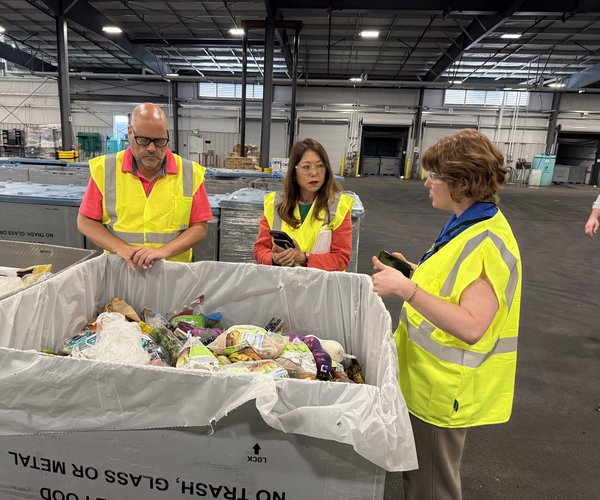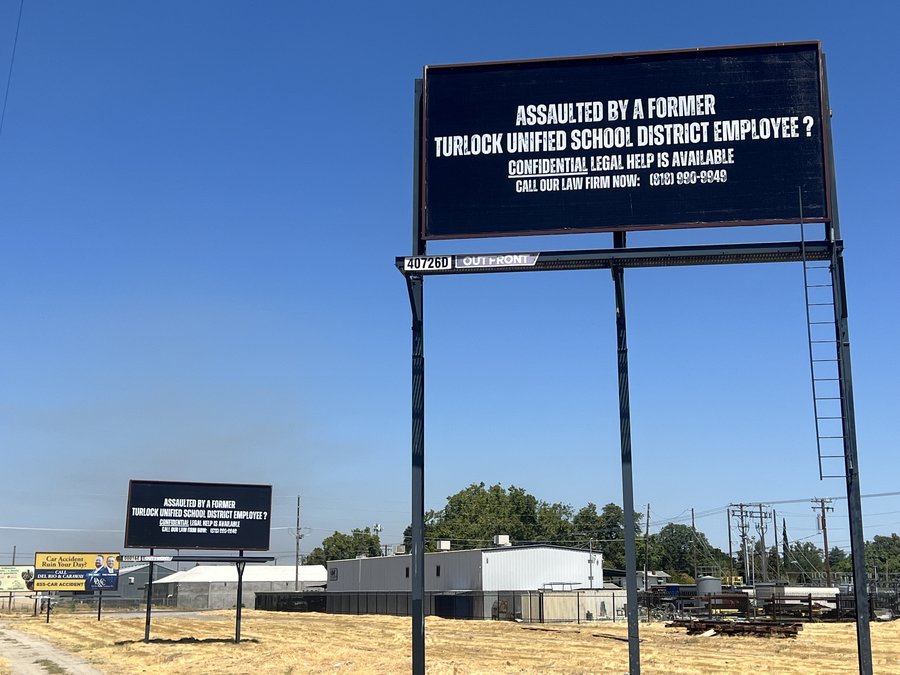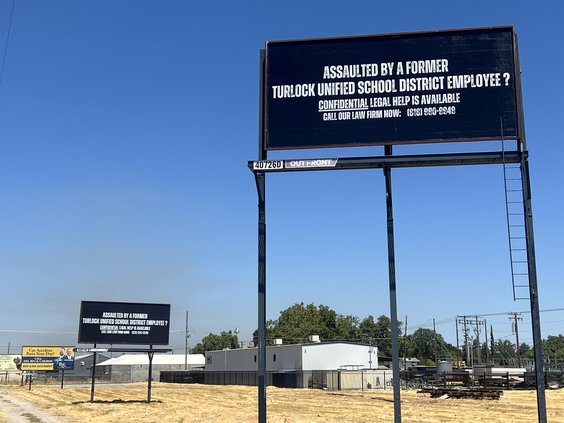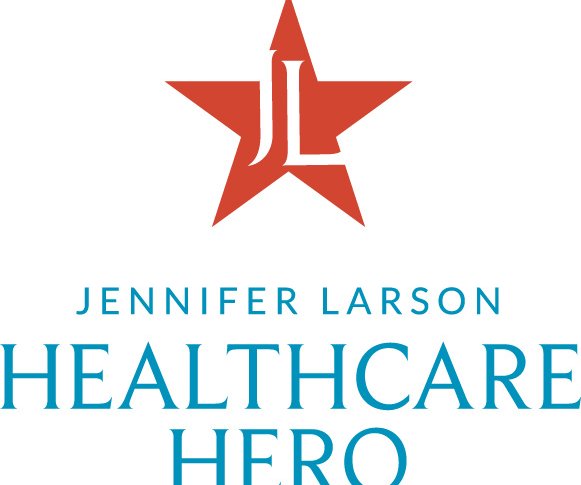Agriculture is the top industry in the Central Valley and local growers supply the world with hundreds of products every year. As with any industry, fostering future leaders is key to continued success; that's where the California Agricultural Leadership Program comes in. Twenty-four individuals — including three Turlockers — were named to Class 43 of the California Agricultural Leadership Program, an advanced leadership development program for emerging agricultural leaders.
Operated by the California Agricultural Leadership Foundation, the Ag Leadership Program is considered to be one of the premier leadership development experiences in the United States. During the intensive 16-month program, fellows will study leadership theory, strategic agility, effective communication, motivation, critical thinking, change management, emotional intelligence, and complex social and cultural issues.
Monthly seminars rotate between Cal Poly, Pomona; Cal Poly, San Luis Obispo; California State University, Fresno; and the University of California, Davis. Additional segments are provided by Santa Clara University and National Defense University in Washington, D.C. Fellows participate in a 10-day national travel seminar during the first year and a 15-day international travel seminar during the second year.
Class 43 fellows include Turlockers Vance Ahlem, Eric Genzoli, and Paul Sousa.
Genzoli, a fourth generation almond farmer in the Turlock and Hughson area and the youngest fellow, said he applied for the program to become a better leader in the agriculture industry.
"I grew up in Turlock; my family's been farming almonds for years and it's something I'm passionate about. The program is a way to further my knowledge and leadership skills and be an advocate for agriculture," Genzoli said.
For Sousa, who's the director of environmental services for Western United Dairymen, the program is a way to improve his communication skills in an effort to bridge the gap between local farmers and regulatory agencies in what has become a heated atmosphere over environmental protection issues.
"I work on environmental issues and communicate a lot with regulatory agencies trying to find common ground to achieve the objective we're all working for —an improved environment," he said. "Most regulators don't have first-hand farm knowledge. Their first thought is to put out regulations; but while they have good intentions, the regulations don't work practically on the farm."
Sousa grew up on his family's Turlock dairy farm and believes through the leadership program he can gain the skills necessary to make a difference in today's agricultural industry.
Ahlem is the managing partner of Ahlem Foothill Farms G.P. and a fourth generation dairyman. His family has been in the California dairy industry for more than 70 years. Ahlem manages the newest dairy in partnership with his parents and brother. He is involved in all aspects of the dairy facility and farming operation. His main responsibilities are environmental compliance, risk management and human resources.
Other Class 43 fellows are: Manpreet Bains, Sacramento; Anthony Bozzano, San Luis Obispo; Carson Britz, San Luis Obispo; Danielle Burk, Atascadero; Sona Chilingaryan, San Francisco; Jensen Devaurs, Bakersfield; Bailey DiIoia, Carpinteria; Danielle Dupree, Monterey; Leon Etchepare, Maxwell; Stephanie Etcheverria, West Sacramento; Tricia Geringer, Sacramento; Heidi Harris, Salyer; Susan Josue, Camarillo; Scott Klittich, Fillmore; Anthony Laney, Live Oak; Shannon Leigh, Carmel-by-the-Sea; Bill Lewis, Fresno; Jim McGarry, Santa Maria; Helen McGrath, Graton; William “B” VanBeek, Tipton; and Chris White, Los Banos.
“There is a constant need for smart, effective and passionate leaders,” said CALF President and CEO Bob Gray. “The important skills and lessons the fellows learn in the Ag Leadership Program will enhance their leadership capabilities and strengths. They will benefit and better serve the agricultural industry, their businesses, organizations and communities.”









